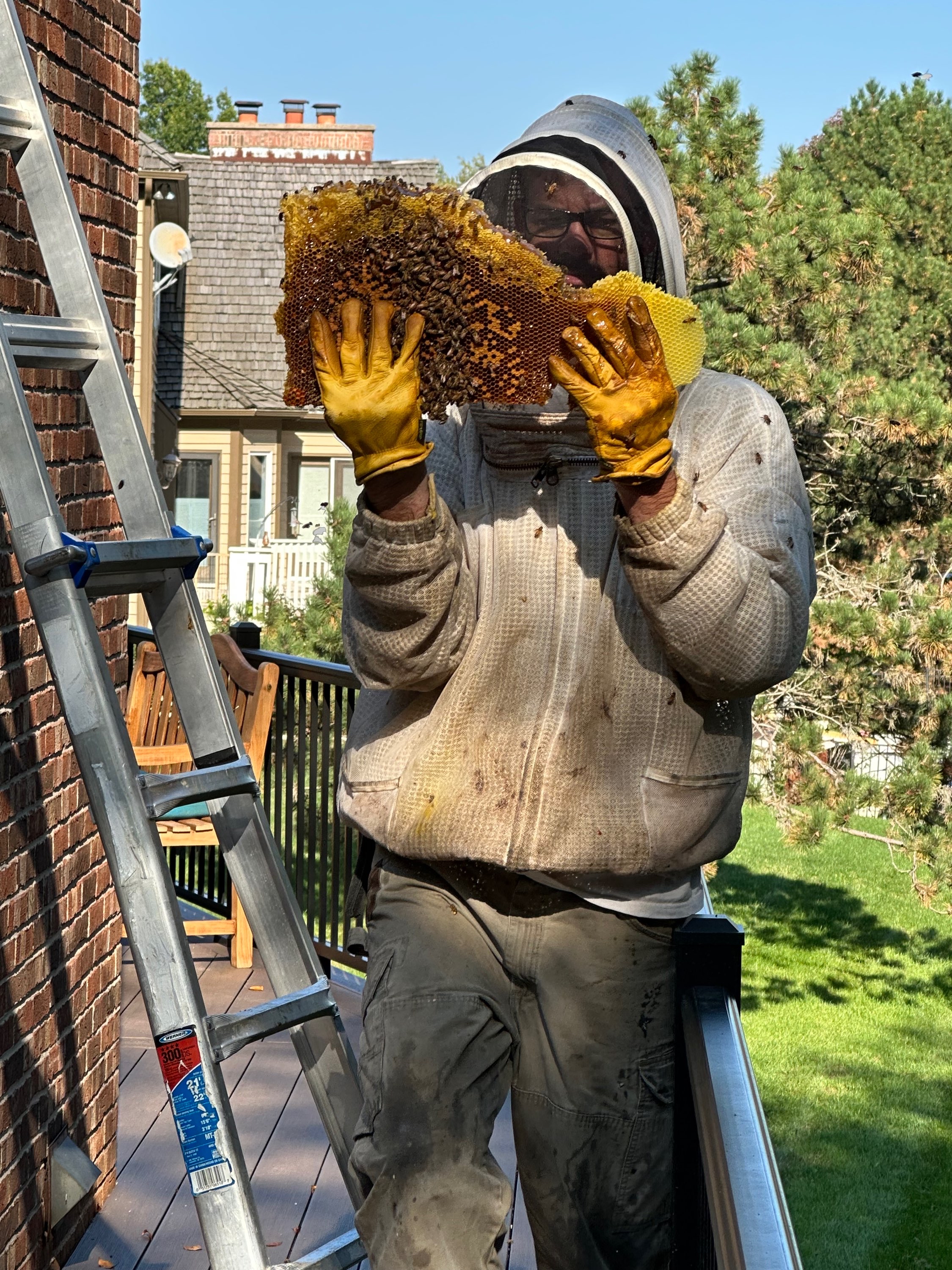Facing the 2025 Bee Die-Off: A Call to Action from Harrison Honey Farm
- Ryan Harrison

- Apr 12
- 2 min read
Tough Winter, Fewer Bees: What Happened and What’s Next
This winter hit hard.
At Harrison Honey Farm, we saw a significant die-off in our bee colonies. It’s one of the worst we've experienced in years. Losing bees is part of the cycle—beekeepers know that. But this year wasn't normal.
So, what happened?
Several things likely played a role:
Extreme cold snaps: Temperatures dropped fast and stayed low. Even well-insulated hives can only take so much before the bees inside start to struggle.
Varroa mite pressure: These parasites weaken colonies by feeding on bee fat stores and spreading viruses. Despite regular treatment, we saw higher mite loads in late fall than we’d like.
Poor fall forage: Bees need to go into winter strong. Last autumn brought drought conditions and fewer blooms. That means less nectar and pollen—and weaker bees going into cold weather.
Why it matters
Fewer bees mean less pollination power and lower honey yields this year. It also means more work to rebuild. We’ll need to split surviving colonies, raise new queens, and invest in fresh bees where necessary. It’s not the end of the world, but it’s a hit.
What we're doing about it
Rebuilding smart: We're prioritizing our strongest survivors for splits—resilient genetics matter.
Feeding early and often: Sugar syrup and protein patties are already helping hives bounce back.
Doubling down on mite control: More frequent checks, better timing, and diversified treatments.
What you can do
Support local beekeepers. This kind of setback isn’t just ours—it’s happening across the country. Buying local honey and bee products helps keep operations like ours going.
And if you keep a garden, consider planting pollinator-friendly flowers this spring. Every little bit helps.
We’ll keep you posted on how our hives are doing this spring. Bees are tough. And so are we.
— Harrison Honey Farm






Comments